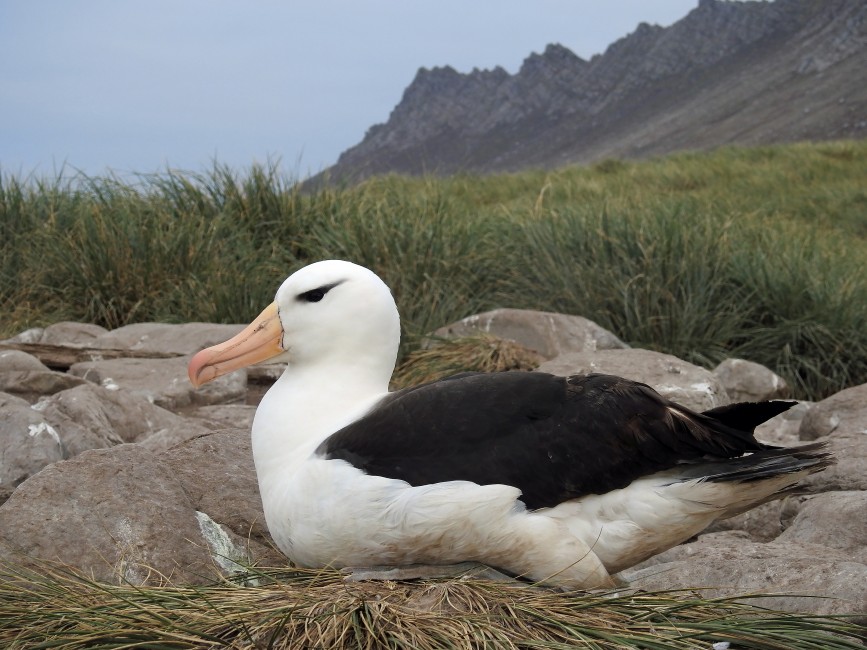
August 15, 2017
Elegant Albatross
- as seen by -
 Christopher J. McKenzie
Christopher J. McKenzie
In the far western reaches of the Falkland Islands/Islas Malvinas, jutting into the Southern Atlantic Ocean, Jason Islands/Islas Los Salvajes are an important nesting site for the black-browed albatross (Thalassarche melanophris). The species is circumpolar in the southern oceans, but the largest breeding populations are found on Steeple Jason Islands/Isla Salvaje del Oeste. Normally nesting on steep slopes covered with tussock grass, and sometimes on cliffs, here the black-browed albatross can be found on flat grassland along the coasts, as shown in this photo. The bird can have a natural lifespan of over 70 years.
Until recently, this elegant bird was considered endangered due to a drastic reduction in its population since the 1950s, but has begun to rebound. Longline and trawl fishing are believed to have contributed significantly to this decline.
Thanks to a generous gift from Michael and Judith Steinhardt, the Wildlife Conservation Society has owned Grand Jason/Isla Salvaje del Este and Steeple Jason Islands/Isla Salvaje del Oeste since 2001. In addition to thousands of nesting pairs of black-browed albatross, the islands are home to other birds, such as gentoo, Magellanic, and rockhopper penguins, striated caracaras, tussock birds, ruddy-headed geese, giant petrels, slender-billed prions, and Magellan snipes. South American sea lions and southern fur seals are also seen in abundance. The waters are rich in lobster krill and alive with sea life including Peale’s and Commerson’s dolphins and sei and southern right whales.
WCS manages these islands as private nature reserves, and is working to further protect the entire Jason Islands/Islas Los Salvajes archipelago and the surrounding marine area.
Nikon P900
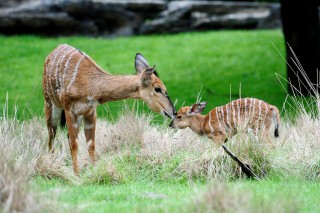
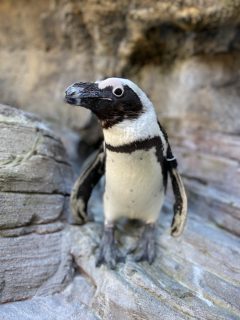
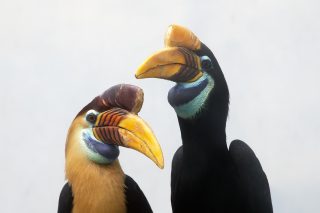
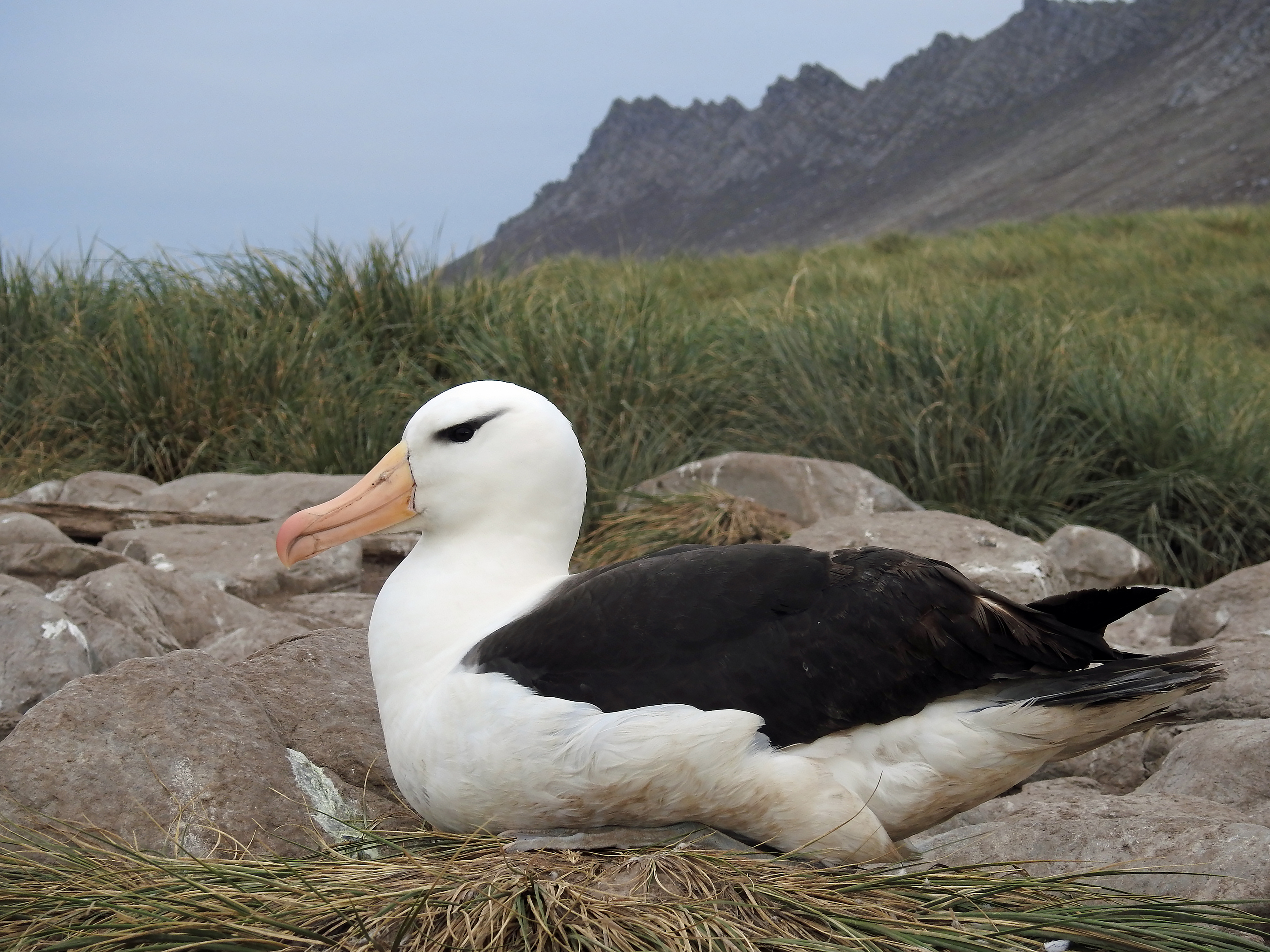
Leave a Comment